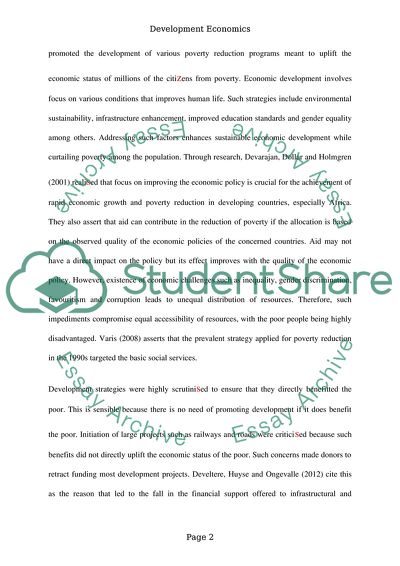Cite this document
(Whether Economic Development Creates Conditions Necessary for Poverty Essay, n.d.)
Whether Economic Development Creates Conditions Necessary for Poverty Essay. https://studentshare.org/macro-microeconomics/1791663-development-economics
Whether Economic Development Creates Conditions Necessary for Poverty Essay. https://studentshare.org/macro-microeconomics/1791663-development-economics
(Whether Economic Development Creates Conditions Necessary for Poverty Essay)
Whether Economic Development Creates Conditions Necessary for Poverty Essay. https://studentshare.org/macro-microeconomics/1791663-development-economics.
Whether Economic Development Creates Conditions Necessary for Poverty Essay. https://studentshare.org/macro-microeconomics/1791663-development-economics.
“Whether Economic Development Creates Conditions Necessary for Poverty Essay”. https://studentshare.org/macro-microeconomics/1791663-development-economics.


